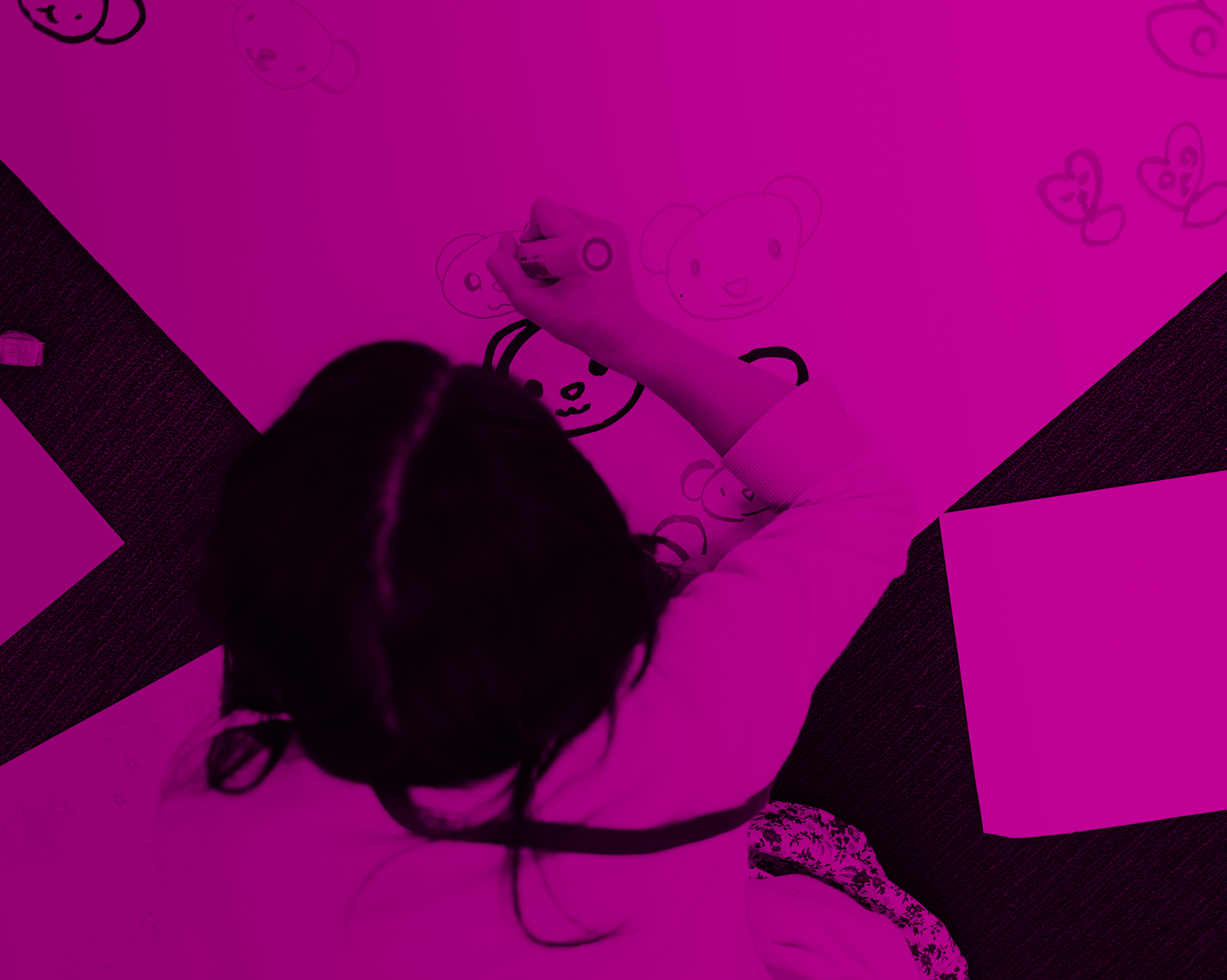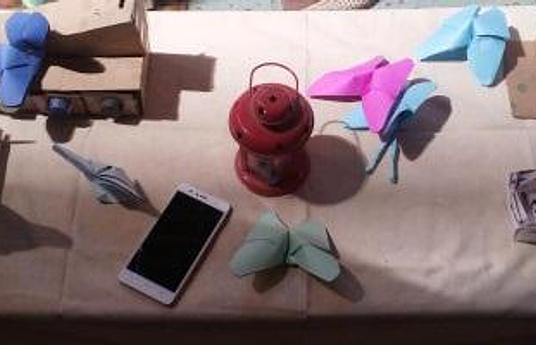What is the problem we are addressing?
The methods that used to teach students writing in an ordinary classroom. writing skills is one of the basic skills when it’s come to communication and self-expression and learning how to write isn’t just about developing writing skills. It’s also a way of training the mind to think and a way to express ourselves. This initiative also supported students to think creatively, imaginatively and express themselves by taking ownership of their own learning.
What is our solution?
In the Young Authors Exhibition Project, students can have the opportunity to focus on active writing skills via a writing workshop program over a period of 6 weeks, which will contribute to their overall communication skills to compose a story. The students go through all the writing process (Prewriting- First Draft- Revising- Editing- Publishing- Sharing) then they share their work with their parents during the Young Authors Exhibition. After students finish the writing process for their stories, they were printed into books so the students can understand that we can make a change using resources available in the school (sustainability). On the exhibition day, the parents visit the school and walk around listening to students’ stories they are also given the opportunity to purchase their child’s book. The money raised from the exhibition is then donated to the Education Above All Organization. We chose to donate the money to contribute to build a school in a developing country to support education which means a better future for the children over there. This also supports the students to take action from their learning and understand how their writing skills and imaginative work can be a contribution to the wider global context.
An overview of our impact
The purpose of this exhibition was to explore the writing processes of (Prewriting- First Draft- Revising- Editing- Publishing- Sharing) to support second grade students to become independent writers. Through this learning experience student are able to make local and global connections which develops their international mindedness. Through this exhibition we were also able to engage the parents and they were able to connect with their child’s learning. Students also were able to improve their writing skills, communication skills and developed their vocabulary. As we are a bilingual school, we also intend to work in collaboration with the English team to allow students to write in both languages supporting them with their English literacy skills too.
Examples of implementation
Students were able to research words specific to their stories which improved their vocabulary skills. For example, one student wrote a story about a tree that vanished – she went through the whole process of problem solving in the story and also was able to use vocabulary related to her imaginary writing.
Students were able to build on their character by understanding that not all children have access to education and how they can support as compassionate lifelong learners to make a difference in the world.
What are our future goals?
In the future I would like to share this with local schools in Qatar but also considering the fact that we are now proficient learners on a virtual platform, I aim to connect with different schools from around the globe to collaborate and give the students a chance to share their work with other students not just locally but also globally.
How can someone else implement it? What do they need?
This project can be easily integrated within any school curriculum as it stems from a writing process to an action. Any link to a charity – depending on what the school chooses. As you can see the impact of the project is huge without the need of multiple expensive resources.


